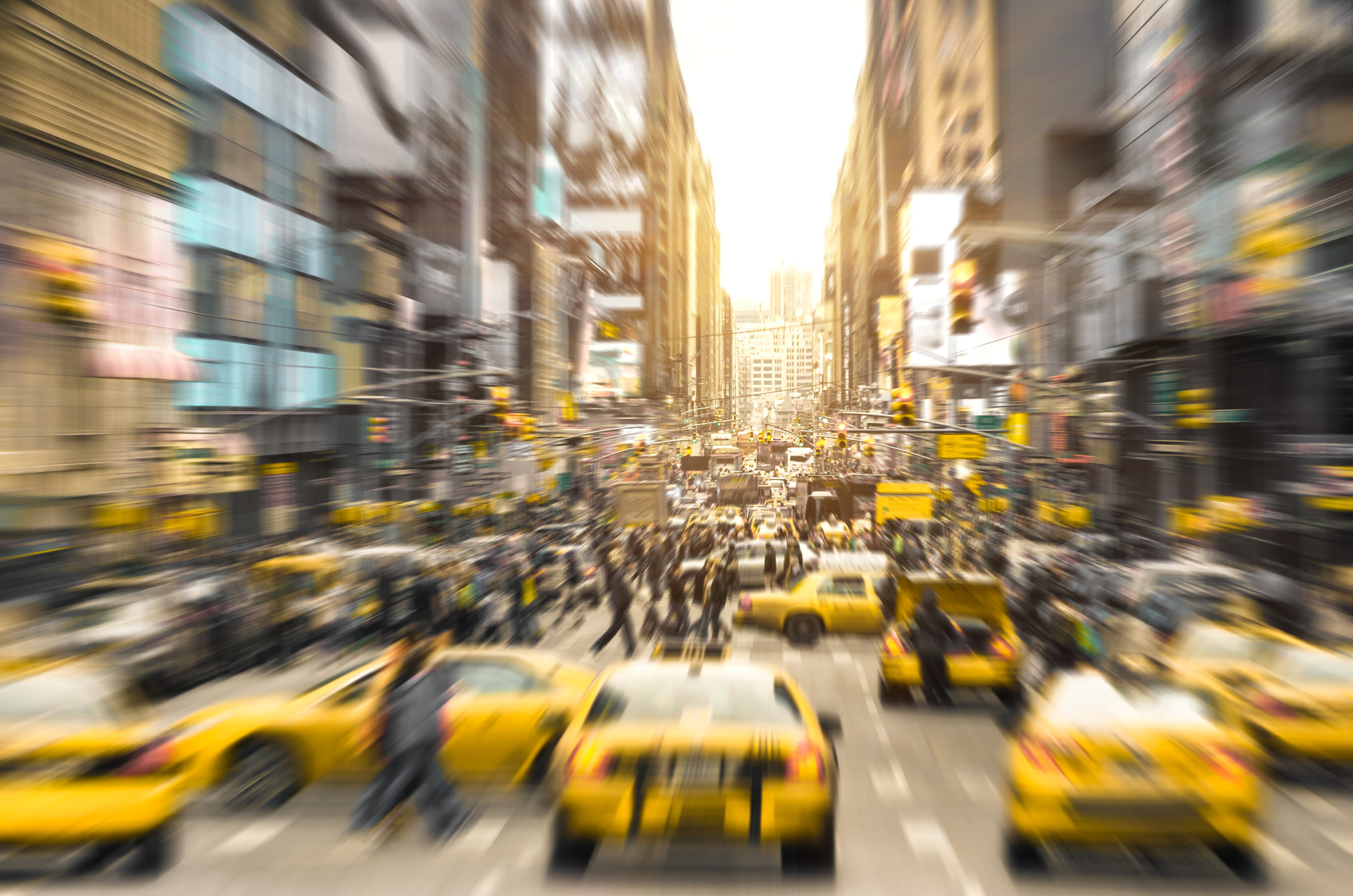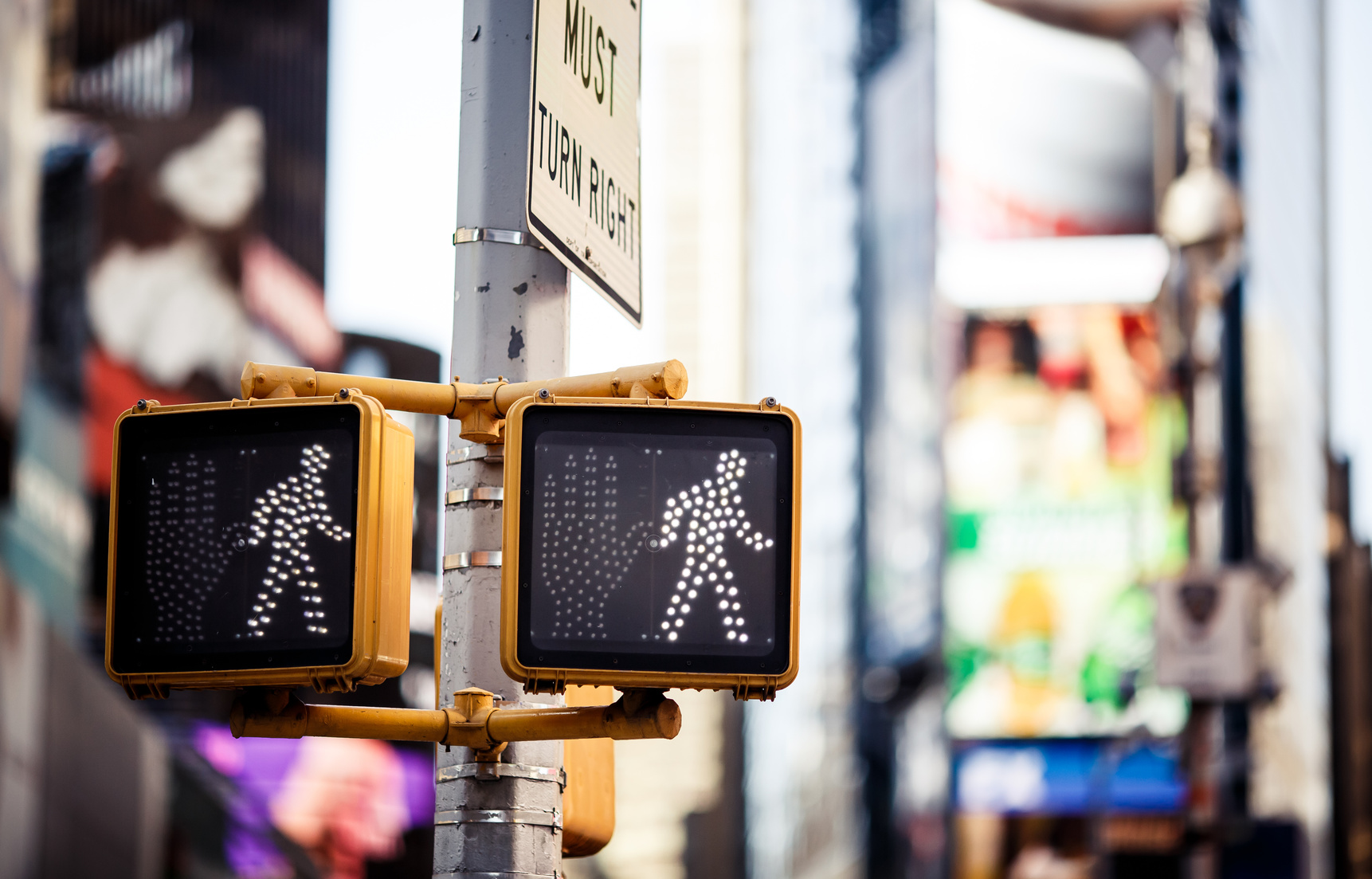
When announcing the launch of the Vision Zero initiative, Mayor Bill de Blasio said “We will save lives. That work begins in earnest today.”
At Block O’Toole & Murphy, we have written frequently about fatal accidents and how they pertain to Vision Zero.
This begs the question: what is Vision Zero?
Let us explain everything you need to know about Vision Zero and why it matters to you as a New Yorker.
A European Export
New York City’s Vision Zero initiative is modeled after a program that began in Sweden in 1997. The core principle of the program is that “life and health can never be exchanged for other benefits within the society”. In other words, monetary values and economics should never be justification for risking the lives of motorists and pedestrians.
Vision Zero is based on four principles:
- Ethics
- Responsibility
- Safety
- Mechanisms for change
In following these principles, deaths and injuries are unacceptable due to the fact they are preventable and traffic systems should be designed to ensure that inevitable human mistakes are not fatal.
Since adoption of Vision Zero, fatalities in Sweden have gone from typically being in the 500s to as low as 266 in 2010. This is in spite of traffic steadily increasing over the same period of time.

Vision Zero In New York City
Adopted in 2014, our version of Vision Zero has spawned a long list of initiatives that the city will follow in order to reduce injuries and fatalities. This includes pursuing changes by the State Legislature that allow for more local control of speed reduction and other traffic safety measures.
NYC’s Goal For Vision Zero
When Vision Zero was rolled out, the stated goal was to eliminate traffic fatalities by 2025.
That is a lofty -albeit admirable- goal.
Is Vision Zero Necessary To Achieve This Goal?
Critics point out that Vision Zero could lead to the criminalization of people who violate traffic laws such as speeding or jaywalking. They also point to statistics that showed that the status quo had been reducing injuries and fatalities, with 2014 having the smallest number of pedestrian fatalities since 1910 and traffic fatalities going from around 2,000 in 1990 to 286 in 2013.
Proponents respond by pointing out that any preventable pedestrian or traffic fatalities are too many.
What Changes Have Resulted From Adopting Vision Zero?
The speed limit in NYC was reduced from 30 MPH to 25 MPH under Vision Zero, accompanied by new laws that make it a crime worth of imprisonment for a driver to fail to yield to a pedestrian. Curiously, government officials are exempt from this law while on duty and cannot be charged with such a crime.

The Future Of Vision Zero
Will Vision Zero be the catalyst for reducing and eventually eliminating traffic fatalities in NYC? Early results have been mixed, but time will tell. Until that vision is achieved, you can rely on the law firm of Block O’Toole & Murphy to protect your rights if you are injured in a traffic accident.

